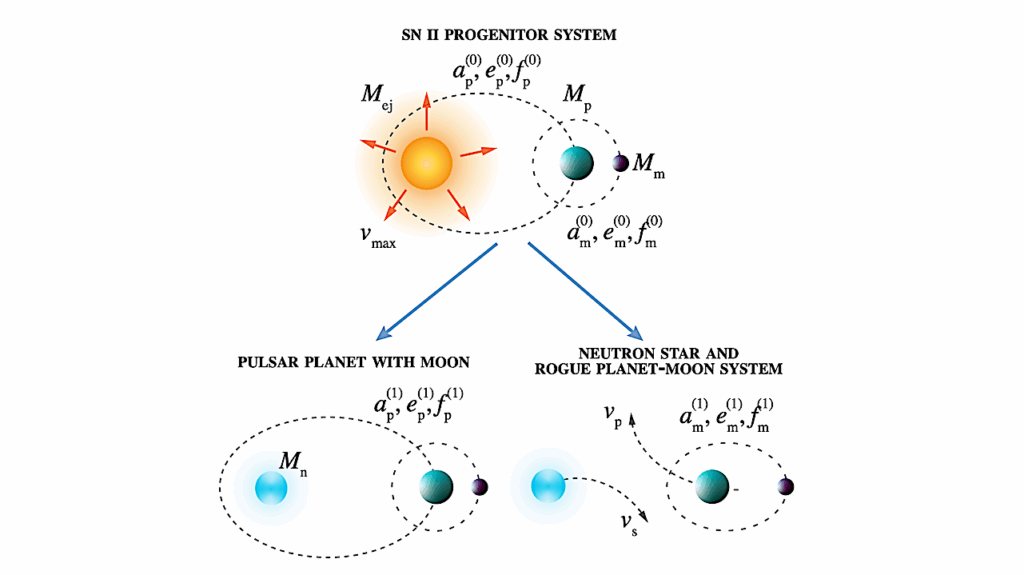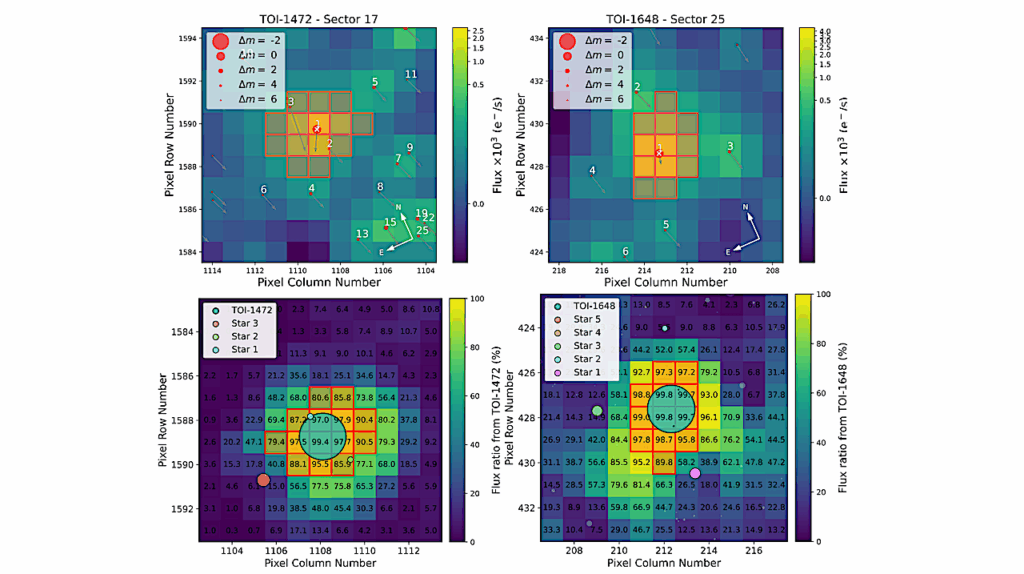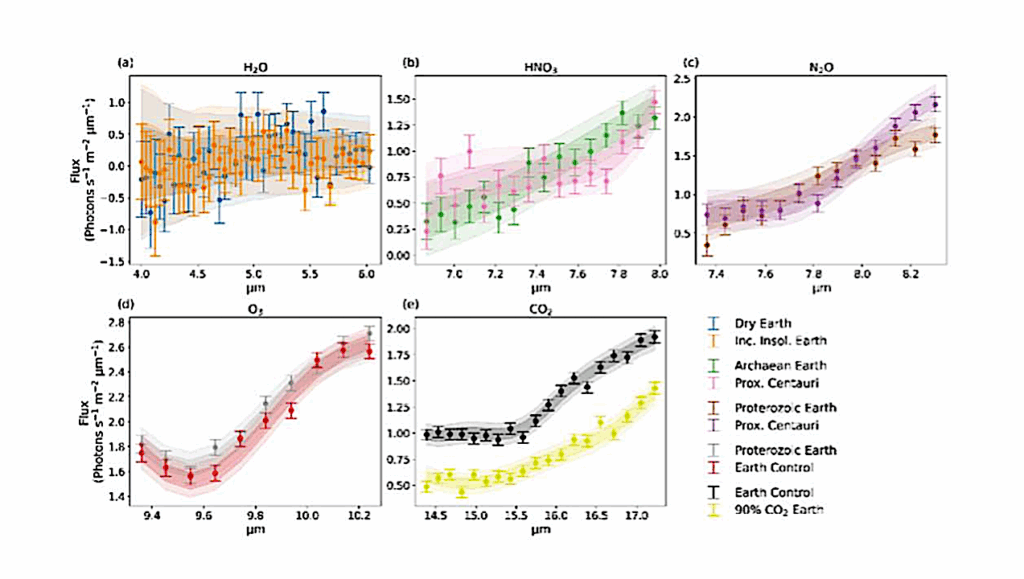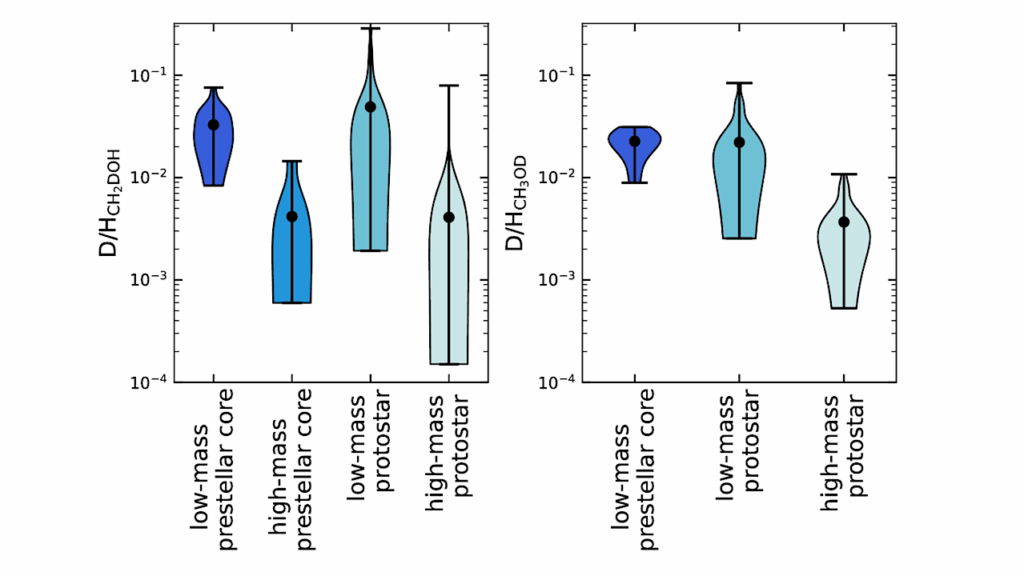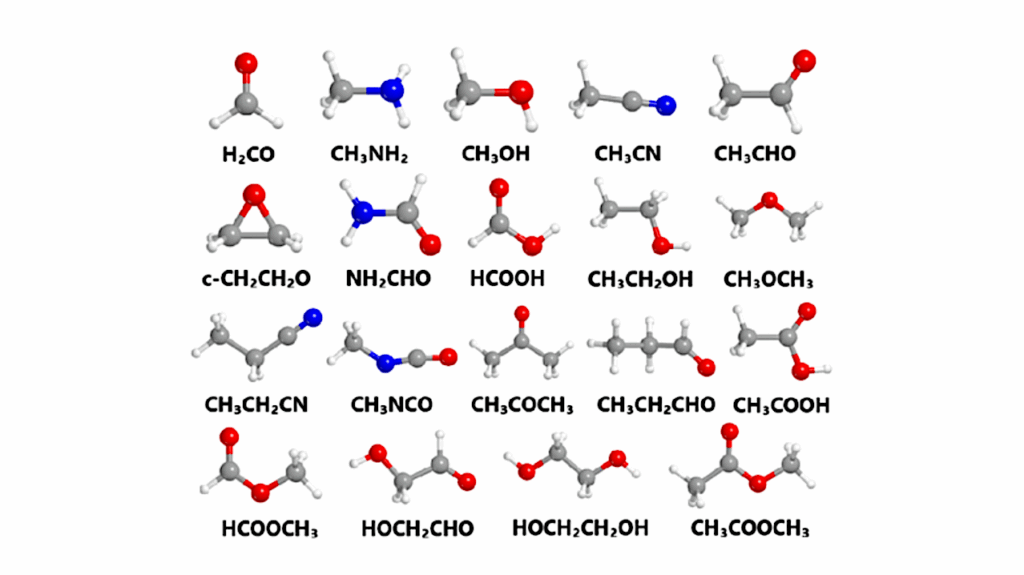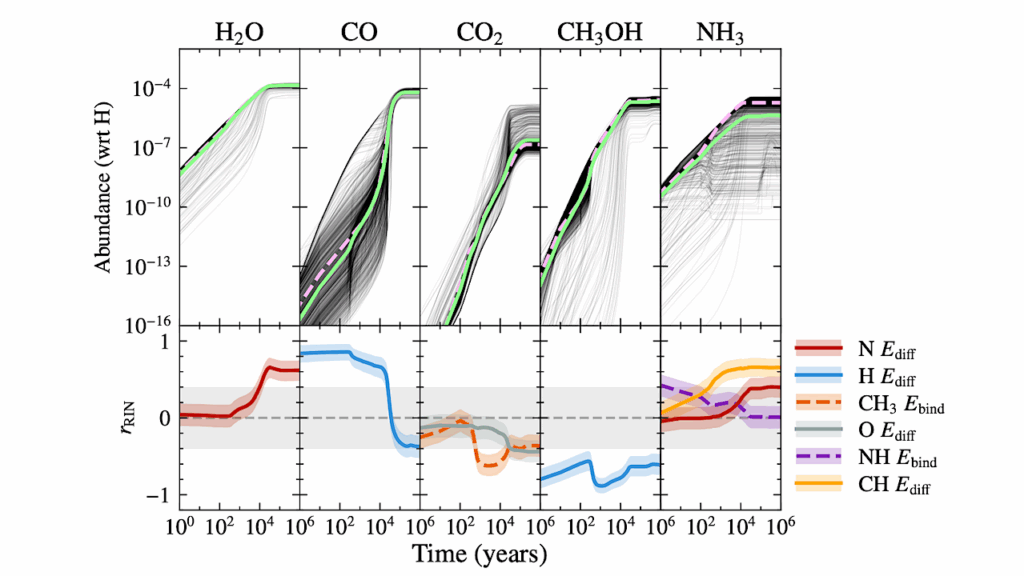An Absolute Mass, Precise Age, and Hints of Planetary Winds for WASP-121 A and b From a JWST NIRSpec Phase Curve
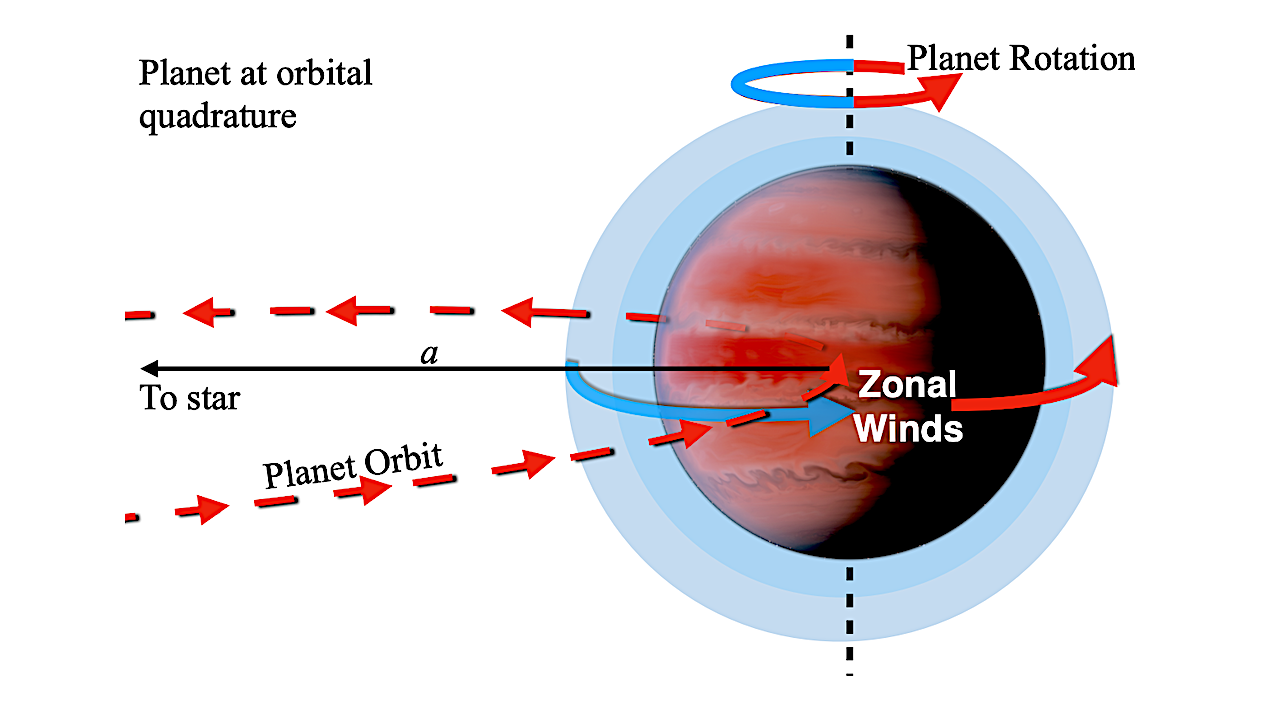
We have conducted a planetary radial velocity measurement of the ultra-hot Jupiter WASP-121b using JWST NIRSpec phase curve data. Our analysis reveals the Doppler shift of the planetary spectral lines across the full orbit, which shifts considerably across the detector (∼ 10 pixels).
Using cross-correlation techniques, we have determined an overall planetary velocity amplitude of Kp=215.7±1.1 km/s, which is in good agreement with the expected value. We have also calculated the dynamical mass for both components of the system by treating it as an eclipsing double-line spectroscopic binary, with WASP-121A having a mass of M⋆=1.330 ± 0.019 M⊙, while WASP-121b has a mass of Mp= 1.170 ± 0.043 MJup.
These dynamical measurements are ∼3× more precise than previous estimates and do not rely on any stellar modeling assumptions which have a ∼5% systematic floor mass uncertainty.
Additionally, we used stellar evolution modeling constrained with a stellar density and parallax measurement to determine a precise age for the system, found to be 1.11 ± 0.14 Gyr. Finally, we observed potential velocity differences between the two NIRSpec detectors, with NRS1 lower by 5.5±2.2 km/s.
We suggest that differences can arise from day/night asymmetries in the thermal emission, which can lead to a sensitivity bias favoring the illuminated side of the planet, with planetary rotation and winds both acting to lower a measured KP. The planet’s rotation can account for 1 km/s of the observed velocity difference, with 4.5±2.2 km/s potentially attributable to vertical differences in wind speeds.
David K. Sing (1,2), Thomas M. Evans-Soma (3,4), Zafar Rustamkulov (1), Joshua D. Lothringer (5), Nathan J. Mayne (6), Kevin C. Schlaufman (2) ((1) Department of Earth & Planetary Sciences, Johns Hopkins University, (2) Department of Physics & Astronomy, Johns Hopkins University, (3) School of Information and Physical Sciences, University of Newcastle, (4) Max Planck Institute for Astronomy, Germany, (5) Space Telescope Science Institute, Baltimore, (6) Department of Physics and Astronomy, Faculty of Environment Science and Economy, University of Exeter)
Comments: 13 pages, 11 Figures, 2 Tables. Submitted 22 July 2024, Accepted in AJ on 22 Sept 2024. Data available on Zenodo at this https URL
Subjects: Earth and Planetary Astrophysics (astro-ph.EP); Solar and Stellar Astrophysics (astro-ph.SR)
Cite as: arXiv:2501.03844 [astro-ph.EP] (or arXiv:2501.03844v1 [astro-ph.EP] for this version)
https://doi.org/10.48550/arXiv.2501.03844
Focus to learn more
Journal reference: AJ, 168, 231 (2024)
Related DOI:
https://doi.org/10.3847/1538-3881/ad7fe7
Focus to learn more
Submission history
From: David Sing [
[v1] Tue, 7 Jan 2025 14:53:55 UTC (34,999 KB)
https://arxiv.org/abs/2501.03844
Astrobiology,


